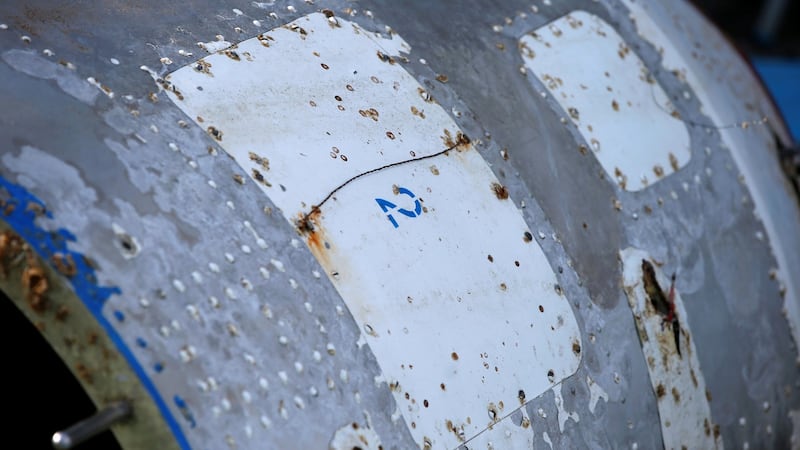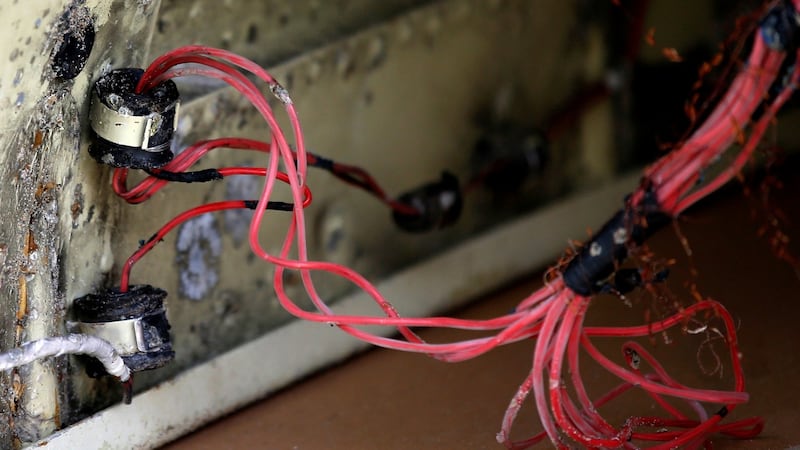Experts in Japan began to examine the suspected nose cone of a North Korean rocket on Thursday that washed up on a Japanese beach. They hope to glean information on the reclusive state's ballistic missile programme a day after it test-launched two more rockets.
The red, white and blue object, believed to be half of the nose cone designed to protect the rocket's payload, was found on a beach in western Japan last Thursday and is suspected to come from a long-range, three-stage rocket fired by North Korea on February 7th that flew over Japan's southwest Okinawa island chain.
South Korean authorities recovered the other half.


“We will analyse the materials and the level of technology used,” a Japanese ministry of defence official said after the object was delivered by truck to the ministry.
The pockmarked 75 kg (165 lb) half-cylinder, almost 2m long and 1m wide, lay on a blanket and blue tarpaulin in a forecourt at the ministry.
The launch in February, which North Korea said put a satellite into orbit, came just weeks after Pyongyang carried out a nuclear bomb test. Both moves were in defiance of UN resolutions and sanctions.
Ballistic missile
Concern that North Korea is getting closer to perfecting its ballistic missile technology heightened on Wednesday after it fired what appeared to be two Musudan intermediate-range ballistic missiles.
While the first was deemed a failure, the second rocket climbed to more than 1,000 km before plunging into the Sea of Japan 400km (250 miles) from its launch sight.
"For Japan, it raises deep concern over our national security," Japan's top military commander, Admiral Katsutoshi Kawano, said on Thursday in Tokyo.
The next step for Pyongyang could be to miniaturise its nuclear bomb technology to fit a warhead the Musudan missile would be capable of carrying.
North Korean leader Kim Jong Un said after supervising Wednesday's launches that the country now had the capability to attack US interests in the Pacific, official media reported.
– (Reuters)









